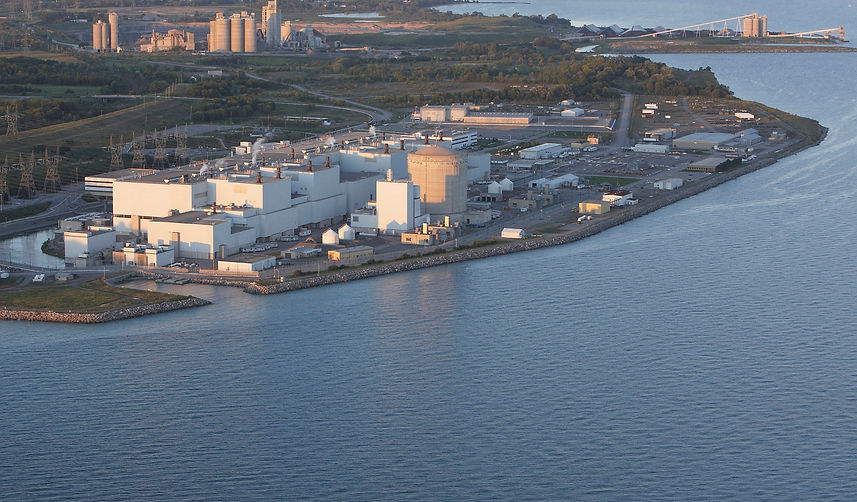top of page

"Nuclear power has avoided about 55 billion tonnes of CO₂ emissions over the past 50 years... However, despite the contribution from nuclear and the rapid growth in renewables, energy-related CO₂ emissions hit a record high in 2018 as electricity demand growth outpaced increases in low-carbon power." (IEA)
This is because nuclear power emits no greenhouse gases during operation and represents emissions over its entire life-cycle & fuel cycle as low as that of renewable energy. (NREL)
The scientific consensus and multiple global and UN agencies urge rapid and comprehensive action to address climate change, and "international climate objectives will not be met if nuclear power is excluded." (UNECE)
Nuclear power is still unjustifiably characterised as risky. In perspective, it is among the safest of energy sources ever utilised by humans. (Our World in Data)
Furthermore, a unique feature is nuclear power's comprehensive containment of waste. The EU Commission's Joint Research Centre has prepared a Science for Policy report focused, in part, on solutions for effective management of radioactive waste from nuclear power. In addition to recognising that the adequacy of deep geological disposal meets broad scientific consensus (in the same way that climate change does), it concludes that managing waste this way is overwhelmingly similar to carbon capture & sequestration (CCS) which is already accepted as sustainable under new EU frameworks. (EC JRC)
The IPCC
In 2014 the Fifth Assessment Report from the IPCC highlighted the role of nuclear power alongside renewable energy and other sources, with guidance on "...more rapid improvements in energy efficiency and a tripling to nearly a quadrupling of the share of zero- and low-carbon energy supply from renewables, nuclear energy... by the year 2050." (IPCC 2014)

More recently, the IPCC examined 89 modelled emissions pathways in the context of limiting average warming to 1.5°C by 2100. Nuclear power contributes to the decarbonisation of the electricity supply over the next 30 years in the clear majority of 1.5°C pathways, through an average growth rate in generation of 2.5% per year over the median of these pathways. The four illustrative pathways (above) chosen for the final report from the IPCC anticipate between a doubling and five-fold expansion of nuclear power, globally. (IPCC 2019)
The Chair of the IPCC, Hoesung Lee, put it this way:
Clean Energy Ministerial
CEM is a global forum of many major nations representing 81% of global clean energy investment and 83% of worldwide emissions, meeting together regularly to foster clean energy leadership around the world.
CEM's NICE Future initiative was launched to initiate a dialogue on the role that clean and reliable nuclear energy can play in bolstering economic growth, energy security and access, and environmental stewardship. It will ensure energy policy-makers are informed of the opportunities and challenges of the full range of options needed to meet global clean energy goals. (CEM)

What is today's leadership on climate saying?
Invariably with large, complex, heavily-regulated projects, there will be examples of delays and cost overruns, and nuclear plant construction is no exception. While there are a handful of high profile examples, international experts have identified the contributing factors and the best practices most likely to achieve economical nuclear power construction and prompt project completion into the future. (OECD NEA)
Additionally, expert economic analysis of whole-of-system electricity supply models strongly indicates that the firm, reliable contribution of a significant share of nuclear power reduces system costs, and thus the cost of supply to consumers. (IEA/OECD NEA)
The discussion around nuclear power has historically been dominated by catastrophising and fearful narratives, stripped of perspective and context. The last decade has witnessed a giant shift in public perception and social license for advocates and leaders to speak out in support for inclusion as a proven clean energy source.
The facts are finally speaking, so let's listen.
bottom of page